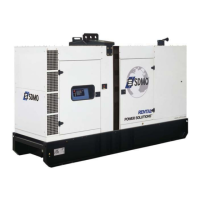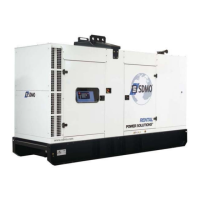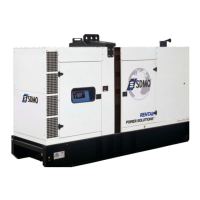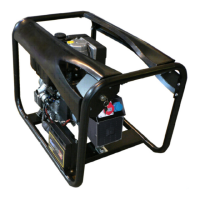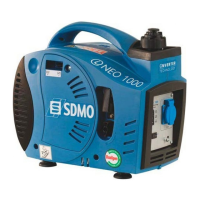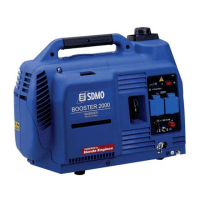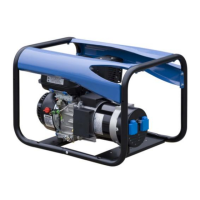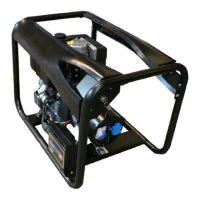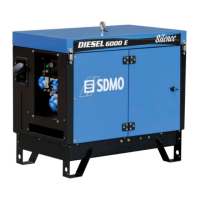Maintaining the equipment
- Personnel skills:
Ensure that the maintenance operations are performed on the equipment by appropriately trained personnel.
- Personnel protection:
Wear suitable clothing and protective goggles.
Remove any personal belongings that may hinder the operation: watch, bracelet, etc.
Fit a panel over the controls of the equipment to prevent any attempt to start.
Disconnect the battery (and pneumatic starter if fitted) before beginning any maintenance operation.
Handle the equipment according to best practices, using techniques which do not endanger the personnel.
It is essential to wear gloves when detecting leaks.
Regularly check that the safety devices are operating correctly.
- Equipment protection:
Use tools in good condition and suited to the work to be done. Ensure you have understood the instructions before
beginning any operation.
Respect the maintenance table and its recommendations. In dusty or unfavourable conditions, certain maintenance
intervals will need to be reduced.
Check that the spare parts fitted on the equipment are supplied only by the dealer.
Handle the equipment according to best practices, using techniques which do not risk damaging the equipment.
Replace any safety pictograms that are missing or illegible on the equipment.
Note
: the mounting bolts on the protective devices of the rotating parts are captive bolts equipped with retaining washers.
Also, in order to ensure the integrity of this assembly, it is prohibited to use electric or pneumatic screwdrivers to undo these
mounting bolts.
- Cleaning the equipment:
Clean off any trace of oil, fuel or coolant using a clean cloth.
Use only approved cleaning solvents.
Cleaning products and methods that are strictly prohibited:
• petrol or other flammable substances;
• soapy solution containing chlorine or ammonia;
• high pressure cleaner.
- Additional instruction:
If necessary, contact the dealer for the following reasons:
• answers to any questions relating to the equipment;
• training requests for personnel;
• supplying the relevant documentation for maintenance operations;
• supplying spare parts;
• corrective or preventive maintenance operations.
